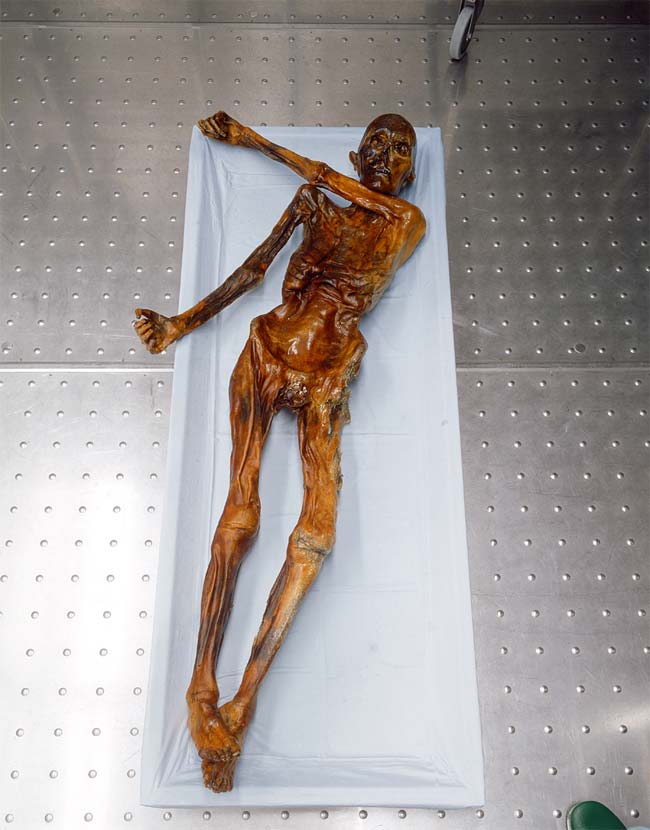
© Don Dixon
I became interested in astronomy when I was 11 years old, on my first visit to a planetarium. When they turned out all the lights and flashed the stars onto that domed ceiling, I was hooked for life.
Astronomy is not only beautiful and exciting, it's been crucially important to our existence. It even led to the development of democracy.
Our ancestors were watching the night sky during the ice age. Paleontologists have discovered a fossilized bone some 30,000 years old that has the phases of the moon carved into it.
About 20,000 years later, when they invented agriculture, astronomy became a matter of life and death. Farming societies need to know when to plant their crops. If you plant at the wrong time of year and your crops don't grow, you starve.
In ancient Egypt, the Nile River's annual flood brought fresh, fertile silt to the parched land. It was vital to know when the Nile would rise. Stargazers determined that when the bright star Sirius rose just before dawn, the river's flood was only a few days away.




